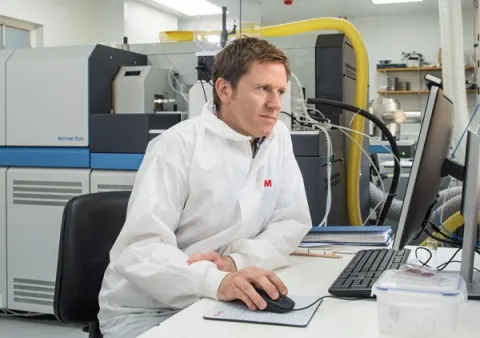About the project
Predicting future rainfall patterns remains highly challenging and there is a profound disagreement amongst climate model projections. In this project, you will use a data-driven approach to reconstruct rainfall patterns and extreme weather events during transient warming events in the geological record. This will provide vital constraints on the response of the hydrological cycle under higher CO2 concentrations.
As the world warms, the atmosphere is able to hold more moisture - however, this moisture will not fall evenly across the globe. Some regions are expected to become wetter, whereas other regions may become drier. However, predicting future rainfall patterns remains highly challenging and there is a profound disagreement amongst state-of-the-art climate model projections.
Earth’s history includes past climate states—“paleoclimates”—that hold lessons for our future warm climate and have contributed towards an improved understanding of the Earth system. In this data-driven project, you will reconstruct rainfall patterns and extreme weather events during the Paleocene-Eocene Thermal Maximum – a short-lived but rapid warming event ~56 million years ago.You will test two key hypothesis: (i) in a warmer climate, wet regions get wetter and dry regions get drier, and (ii) in a warmer climate, extreme rainfall events become more frequent. To answer this, you will reconstruct the hydrological cycle by measuring the abundance and hydrogen isotopic composition of terrestrial lipids (leaf waxes) in coastal marine sediments. This approach can distinguish between different seasonal moisture sources and reveal large-scale changes in atmospheric convection. Geochemical characterisation of terrigenous sediments will help to reveal leaf wax provenance and sediment transport histories.
The project will use marine sediment samples obtained from coastal marine sediments that offer high temporal resolution and are thus uniquely situated to answer several questions with direct relevance to anthropogenic climate change. This project will also provide vital constraints on the response of the hydrological cycle to higher CO2 concentrations and thus, will help to improve past (and future) climate projections.



